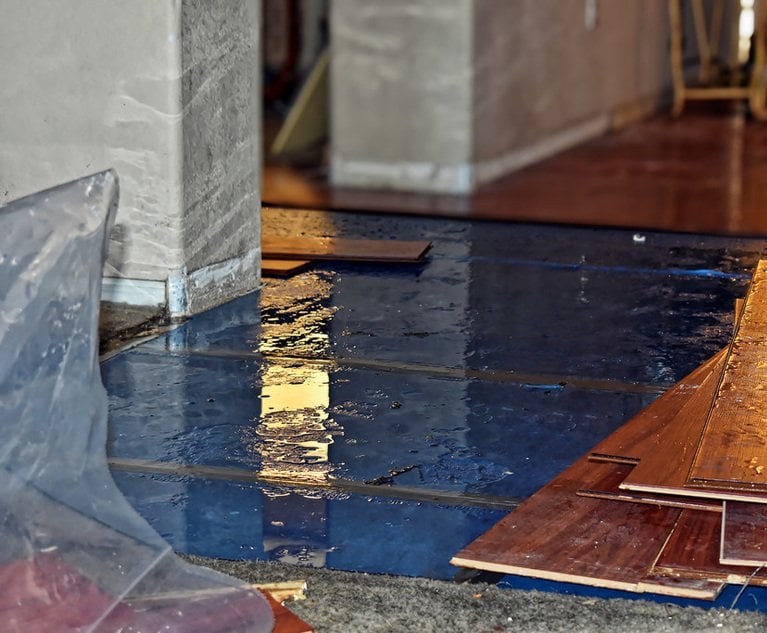 While it is often said that only two things in life are sure — death and taxes — we'd like to add a third: Confusion over water losses and exclusions. Credit: Leonard/Adobe Stock
While it is often said that only two things in life are sure — death and taxes — we'd like to add a third: Confusion over water losses and exclusions. Credit: Leonard/Adobe Stock
Editor's note: This is the first installment of a four-part series on water losses and claims from FC&S coverage experts. Subsequent installments will review how commercial and home policies handle these losses. The series concludes with a look at some real-life cases.
Recommended For You
Want to continue reading?
Become a Free PropertyCasualty360 Digital Reader
Your access to unlimited PropertyCasualty360 content isn’t changing.
Once you are an ALM digital member, you’ll receive:
- Breaking insurance news and analysis, on-site and via our newsletters and custom alerts
- Weekly Insurance Speak podcast featuring exclusive interviews with industry leaders
- Educational webcasts, white papers, and ebooks from industry thought leaders
- Critical converage of the employee benefits and financial advisory markets on our other ALM sites, BenefitsPRO and ThinkAdvisor
Already have an account? Sign In Now
© Touchpoint Markets, All Rights Reserved. Request academic re-use from www.copyright.com. All other uses, submit a request to [email protected]. For more inforrmation visit Asset & Logo Licensing.







